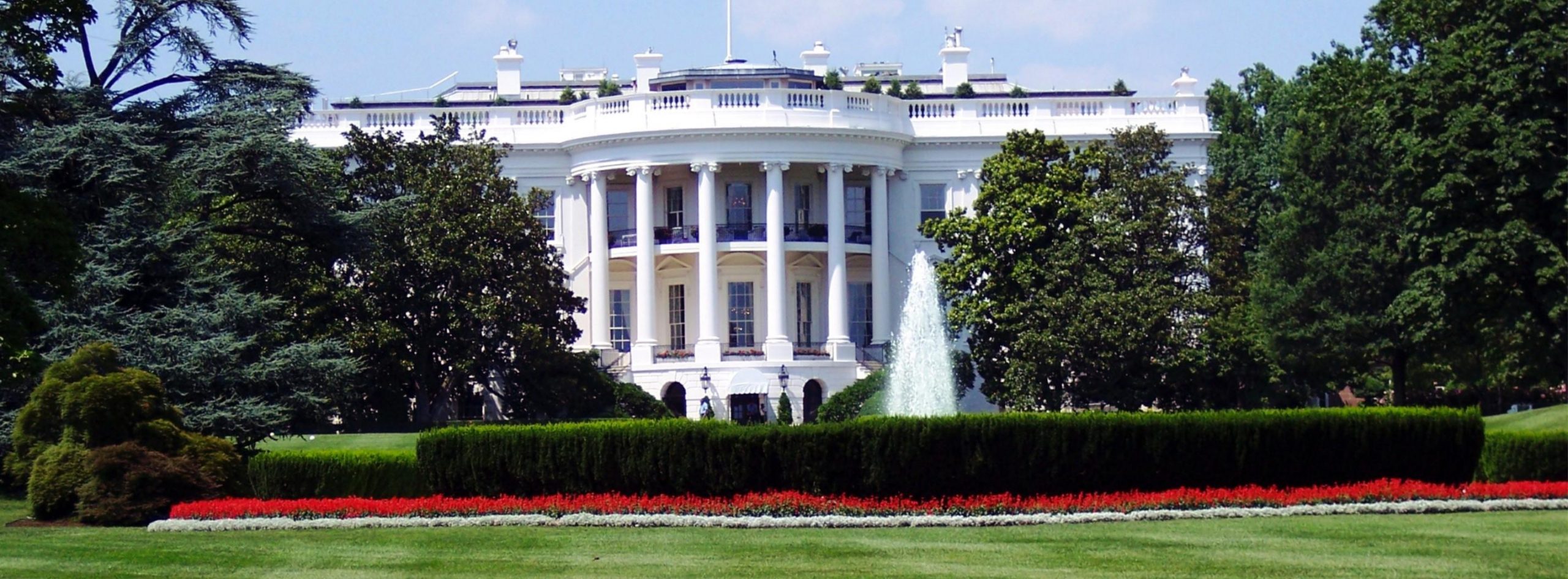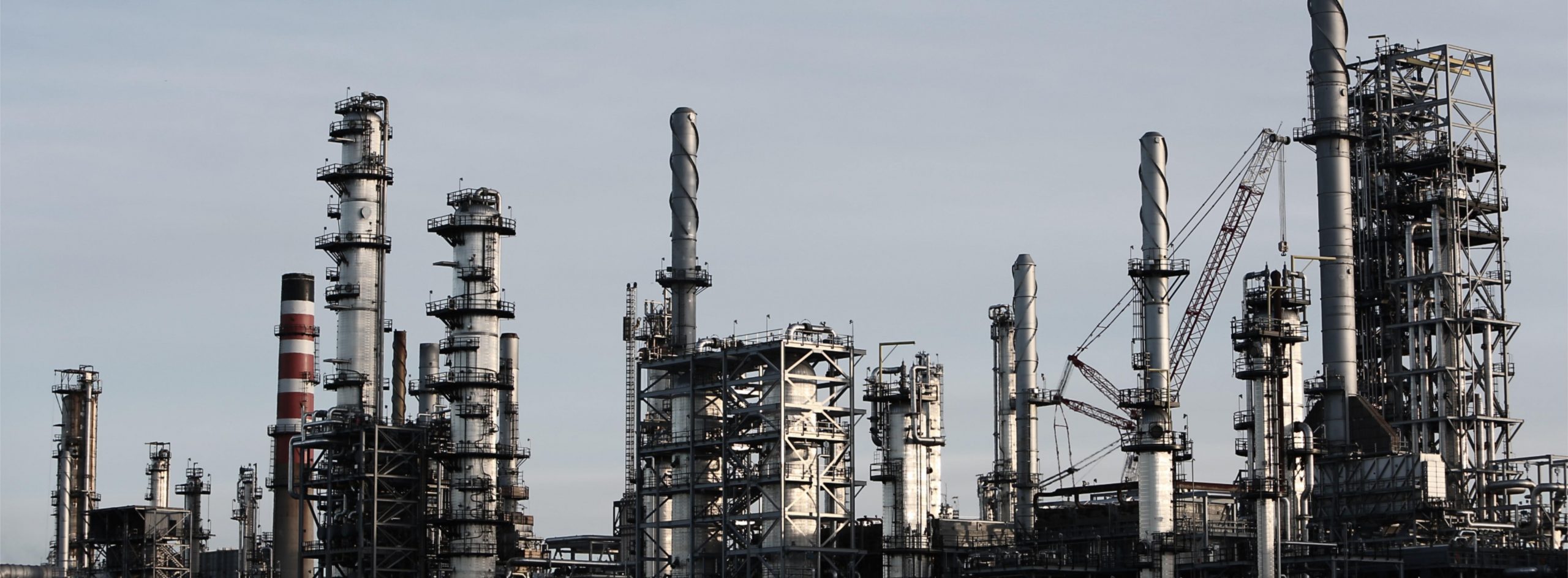What Is in the Future for Sears and for Retailing?
(Note: all the sources listed in the “Balanced”
section)
Last fall was a study in contrasts
in the retailing world. Amazon (AMZN) garnered a trillion-dollar market cap in
September and Sears filed for bankruptcy protection the following month. Many
observers tied the fortunes of each company to each other.
Amazon clearly has thrived. But,
Sears problems stemmed even before Amazon, in fact, over the past five decades.
The steady decline in brand loyalty in retailing and the advent of increased
competition in big box retailing, played more significant role despite the
common perception that Amazon was the Sears’ kryptonite. Amazon was only the
latest, and possibly last, competitive threat and problem for Sears.
As the top retailer from 1950 to
1990, Sears’ past success and size made it a significant target for smaller, startup
retailers. Sears did not adjust to the competitive factors that it faced with
Walmart and Home Depot. Other missteps include: the failed diversification efforts
into financial services (Coldwell Bankers and Dean Witter), the sale of the
Discover credit card franchise, the cancellation of its mail order catalog
business and lack of transition to the internet, and the use of debt leverage.
These mistakes limited the ability to right the ship and effectively respond to
changing consumer shopping habits. Furthermore, a hedge fund manager, Eddie
Lampert, with limited retailing experience, has been in control since 2005.
Walmart’s CEO Doug McMillon said on
CNBC when Sears was on the verge of bankruptcy last October, “You see the rise
and fall of Sears and others …it’s just a reminder that this can happen to us,
too.” McMillon stated that he keeps a chart of the top 10 retailers in the US
by decade to remind him. Sears was the leader through 1990, but steadily fell
to 10 by 2010 and off the list several years ago.
Over the past decade, a merger
with Kmart and high financial leverage have forced cost cutting moves and left
many stores in a state of disrepair. Lampert also focused almost exclusively on
e-commerce and allowed the stores to atrophy. Even though an e-commerce
strategy helped stabilize same store sales, it has proven difficult to thrive
with a shrink to grow mentality. The e-commerce strategy was forward thinking
and adopted many tools, like dynamic pricing, but Sears underappreciated the
negative impact on e-commerce of a smaller store footprint and poorly
maintained stores. Ironically, Amazon moved away from a pure e-commerce
strategy with the acquisition of Whole Foods Markets in mid-2017 and is rumored
to be contemplating buying some of the former Sears and Kmart stores to expand
its “bricks” presence.
Where does Sears go
from here? Mr. Lampert, the largest shareholder, was, as expected, the lone
bidder at an auction earlier this week. Subsequently, his bid was sweetened to
more than $5.2 billion from $4.4 billion. Mr. Lampert’s bid for Sears possibly keeps
it as a “going concern.” If approved by the Bankruptcy Court, the plan would
keep up to 425 store locations open and possibly save close to 25,000 jobs. The
bid avoids a Chapter 7 liquidation that would have resulted in the sales of
real estate, inventory, intellectual property and other assets to satisfy
creditors, including suppliers. Will the plan work? Time will tell, but it
might be too late for Sears to regain the brand loyalty required to survive in
the Amazon Era.




